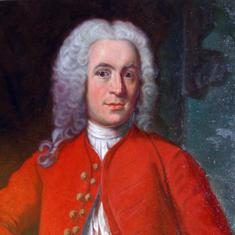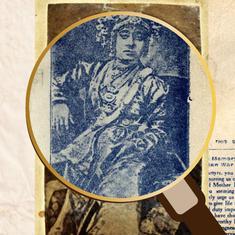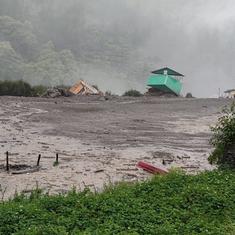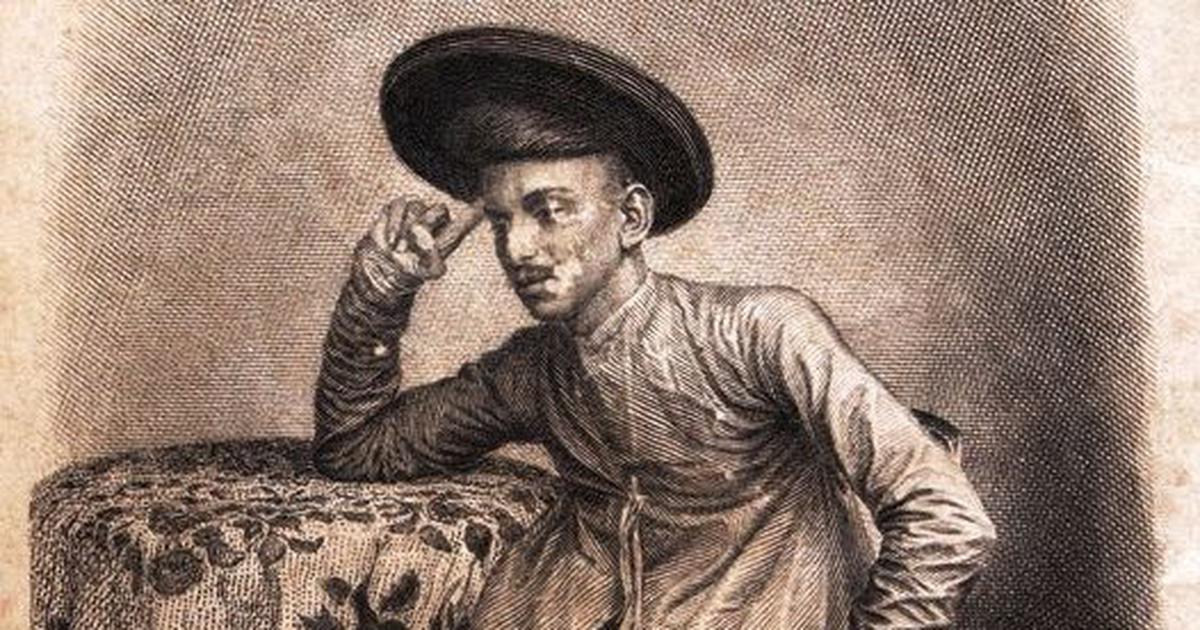My birth was a painful one for my mother (Navdurga, called Nani by most and Rukmani Vahu by her in-laws). At the time of birth, my head was rather long and my appearance rather strange (of course, now my head has acquired its normal roundish shape). In six months, I had learnt to crawl on my knees.
About ten months or so after my birth, my mother and I, accompanied by my mother’s uncle Dullabhram, went to Bombay, where my father was stationed. I learnt to speak at the age of two. Until then, I could eat no solids and survived on milk and mashed food.
When the Great Fire occurred in Samvat 1893, I was in Bombay. I remember rather distinctly that I was playing in the drawing room of our home in Bhagwan Kala building when one of our neighbours, a Vaniya named Dayaram Bhukhan, came rushing in at about noon. He seemed greatly agitated. “All of Surat has burnt down,” he exclaimed. Hearing him, the women tenants in the building who came from Surat (the men, naturally, were at work) were stunned into silence. Those words, “All of Surat has burnt down”, still ring in my ears.
The task of reconstruction of the burnt houses that were destroyed in the Vaishakh of Samvat 1893 was finally completed in Samvat 1895. During that period, my mother and I spent some time in Surat. I remember an incident that occurred during this time. While playing with my cousin on the ground opposite our house, I chucked a stone at my cousin and he was hurt. My aunt complained, and my mother, in a fit of anger, thrashed me, tied me to the handle of a large wooden chest and locked me up in the staircase room. I kept screaming and shouting. Hearing my shouts, our help Govan Gajjar took pity on me and let me out. I still remember this incident.
On another occasion, in Bombay, I had broken a pot of oil, and at that time too, my mother had given me a thrashing. My father, on returning from work that evening, tried to make peace between us. I argued back, and he too slapped me. These were the only occasions when I was beaten up.
When I turned five, my father enrolled me in Nana Mehta’s school near Bhuleshwar. At that time, other students were invited to our home and given jaggery and parched grain to celebrate the event. I have memories of us students saying “Sarasti, Sarasti (Goddess Sarasvati), you are my mother” and “Jee, Mehtaji, salamat”. I also remember how, at night, some of us would get together and memorize tables by reciting them aloud at the top of our voices. While in Surat, I used to attend Ichchha Mehta and Fakir Mehta’s school.
By and large, I kept in good health in my childhood save when I was about seven. I had a tapeworm infection and was laid up for about six months.
At the age of eight, in the Vaishakh of Samvat 1897, I had my sacred thread ceremony. After this, I began learning the sandhya, rudri and Vedas on the one hand and, on the other, I began attending the government Gujarati school. I learnt the Vedas from Balaji, a Marathi friend of my father’s. I learnt two sections from him and then the rest from another Maharashtrian till I completed one cluster of eight. That is the limit of my formal learning of the Vedas. I remember, once, there was a sacred ritual celebration at my kaka’s home. The Brahmins were reciting mantras for a particular ritual. I was asked to join in, and so I did. My recitation was praised later. This was when I was about ten years old.
I was initially enrolled in Balgovind Mehtaji’s school in Pydhonie in Bombay. Shortly after, I came to Surat and was enrolled in Durgaram Mehta’s school located in Navalsha’s kotha in Nanavat, Surat. I can still visualise the grandeur of that school. And if the place itself inspired awe, naturally, Mehtaji inspired even more awe – nay, fear itself. I could pronounce my consonants well, but every time Mehtaji tested me, in fear, I would make a mistake in enunciating the letter “anga” and would fail the examination. I spent almost a month in the section where we were to learn consonants. One day, Dolatram Vakil, who was related to us on my mother’s side, learnt of this and was quite upset. He felt that my pronunciations were perfect and that Mehtaji was unnecessarily holding me back. He decided to accompany me and confront Mehtaji. Mehtaji made me go through the enunciation of “anga”, and I could do so perfectly. Mehtaji declared me passed and I moved on. Ah, how rigorous was the method of teaching in those days, unlike the casual and shallow methods adopted today!
On the Vaishakh Sud 12 of Samvat 1900, 29 April 1844, I married the daughter of Surajram, a law officer of the Sudder Court in Surat.
The credit for my education in Gujarati goes to Balgovind Mehtaji. It was after learning from him that I went on to appear for my examination in Gujarati before John Harkness, principal of Elphinstone School. I was enrolled in the English school on 6 January 1845. I also remember an incident from my Surat days. I had heard that an award had been declared for a competition. I admitted myself to Pranshankar Mehta’s school and won the award – the book Balmitra.
I studied for about 3.5 years in the government school, but my attendance was irregular since I would spend some time in Bombay and some in Surat. In Bombay, too, I had won some books as awards in various competitions. In Balgovind’s school, I secured the first or second rank in my class.
During that period, the books that I read were as follows: Balmitra, Nityanand-Parmanand’s Geography – Astronomy, Aesop’s Fables, The Story of Daadasli, Panchopaakhyaan, Bodhvachan, Lipidhaara, Gangadhar Shastri’s book on grammar and the first part of Ganit Shikshamala.
When I read Balmitra and Nityanand-Parmanand, a sense of wondrous pleasure would envelop my mind. Nityanand-Parmanand’s chapters on astronomy were particularly fascinating. From Balmitra, I remember clearly being moved by the chapter on the monsoon, the tree of thorns, the nobility of the old mother in the story of the little girl who picked grains, the story of little Jagu and the character of the king in the story of Antik.
During those three and a half years, despite my shuttling between Bombay and Surat, my interest in learning at school never flagged. In addition, I also read the Vedas and other books at home. As soon as I woke up, I would go through one page of Balmitra in detail, analysing and understanding the grammatical rules involved, and only then would I clean my teeth. In Bombay, I would play with the neighbours’ children only for a short time in the evening.
Among my friends was a neighbour and fellow member of my caste, Parbhuram. Later in life, he acquired a very good command over Gujarati and taught Gujarati to many Englishmen. He was my closest friend, and we would spend time together, studying together and going to school together. Once we did some mischief at home, and Parbhuram’s father informed Balgovind of this. Mehtaji made us hold each other’s ears and do squats as punishment. I remember that incident clearly.
When I was in the first grade of Balgovind’s school, I followed a silly and superstitious ritual – I would unlock the door to the school, stand before the map of the world, shut my eyes and try to place my finger on the Sandwich and Society Islands in the Pacific Ocean. I would then open my eyes to see if I had done that correctly. I believed that if I placed my finger on the correct location, I would stand first in the class – and that was mostly the case.
As a child, I was not rambunctious but rather serious by temperament. Yet, if I didn’t get my own way, I would sulk in a corner and quietly shed tears – not flail and wail. I was timid and would seek to hide in a corner or behind my mother in the presence of strangers. The relatives on my mother’s side called me shankariyo.

Excerpted with permission from My Truth: Autobiography of Narmadashankar Dave, translated from the Gujarati by Abhijit Kothari, Penguin India in association with The Ashoka Centre for Translation.










